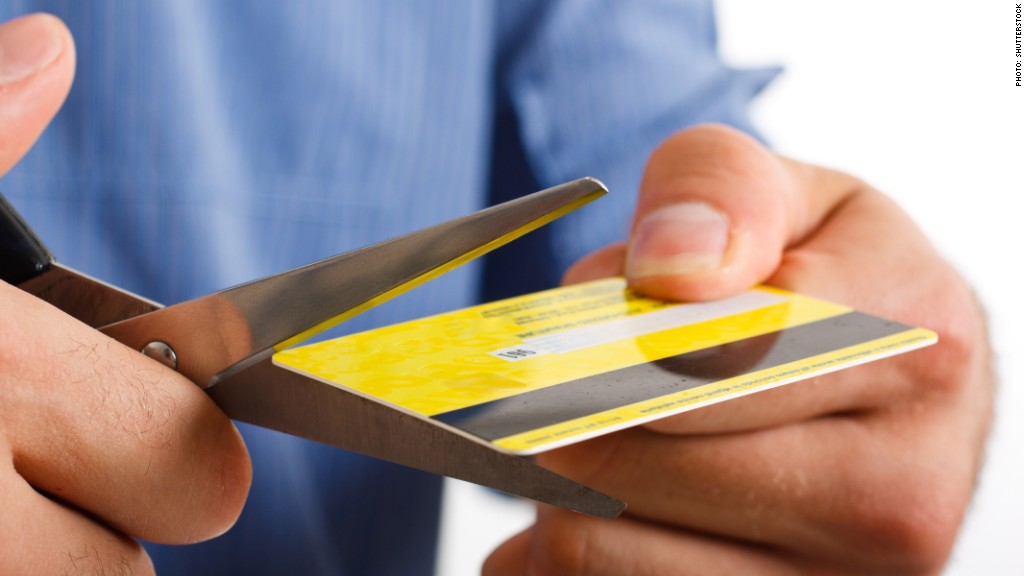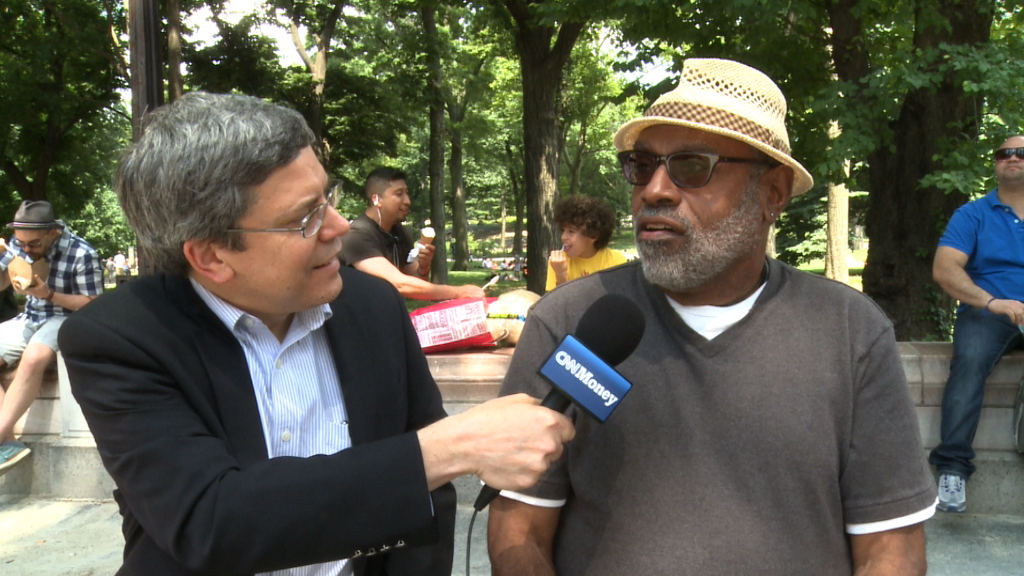
Millions of Americans don't have credit scores. And while lenders typically steer clear of this group, it turns out they aren't always as risky as banks think.
There are at least 64 million "unscoreable" consumers out there, estimates Experian, one of the three major credit bureaus. These consumers are often immigrants or recent college grads who have little to no credit history or they are people who haven't had an active credit account for at least six months. They may be completely responsible or they could be financial train wrecks waiting to happen -- lenders have no easy way to tell because there is no credit score available.
Credit scoring company, VantageScore, is trying to shed light on this mysterious group with its newest scoring model, which it estimates can assess an additional 30 to 35 million people who were previously unscoreable. It does this by looking at 24 months of credit history, rather than six months, and by considering alternative data like rent and utility payments and public records when available.
"The unscoreables are a big population and in today's rather conservative credit climate they're having a hard time finding mainstream credit," said VantageScore CEO Barrett Burns. The VantageScore model was created by the three major credit bureaus -- Experian, Equifax and TransUnion.
Related: Bad credit -- a deal breaker for many singles
VantageScore found that 10 million, or about a third of unscoreable consumers, aren't high risk at all -- instead, they were determined to be near-prime or prime. Burns calls this the "sweet spot" for lenders, because it means a consumer isn't so risky that a lender would lose money taking them on as a borrower and they're not such low risk that a creditor is forced to reward them with the best terms available.
The largest groups of unscoreable consumers hold professional jobs or are retired, more than 40% are homeowners, and income distribution is in line with the consumers who do have scores, according to Experian.

"It really surprised me at how good looking these consumers are -- from job characteristics to home characteristics," said Burns. "I don't believe any of us knew how big this audience was and how attractive they are."
Burns said most of the nation's biggest lenders are already testing the new model.
This could be a major untapped market for lenders, said John Ulzheimer, credit expert at CreditSesame.com.
Related: Sneaky credit card charges can cost you hundreds
"If you told a lender out there, 'hey, we flipped over a rock and found 35 million new customers,' they would be very interested, and that's what VantageScore is doing," said Ulzheimer.
The issue is getting other scoring companies to follow suit. FICO, the most commonly used score by lenders, still only scores people who have had active accounts within the past six months.
"Until other scoring models look at more credit history or use other ways to score, there's going to continue to be a large number of people who don't have scores under the models used by lenders and will therefore be denied credit," said Ulzheimer.
But FICO says it is able to score nearly 95% of consumers with thin credit files and 75% of consumers with no credit files by looking at alternative data like bank accounts.
While new scoring models can help millions land loans and better rates, the best way to ensure you don't get denied is to start building credit on your own, said Ulzheimer.
